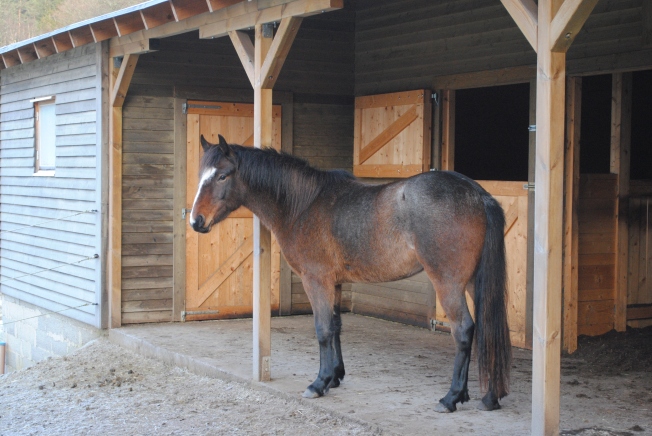 Sakakawea is one of the most famous women in American history.
Sakakawea is one of the most famous women in American history.
She was the young woman who guided Lewis and Clark on the Corps of Discovery for the North West Passage from St Louis to the Pacific Ocean. Even if the meaning and result of the endeavor may be deeply questioned, her personal efforts were crucial for the expedition’s success and survival, but this is another story.
What caught my attention this time is that reliable information about Sakakawea is scarce, but the general opinion and most history books says Sakakawea was born in a subtribe of the Lemhi Shoshone called the Agaidika tribe, Idaho. In the year 1788, at age twelve, she was taken captive by the Hidatsa to a village in present day Washburn, North Dakota.
However, oral history of the Hidatsa-Mandan tells a different story. It seems that what once started as a hasty misinterpretation may have grown into a written truth.
According to this oral tradition it all started at the Awatxia people, a subtribe to the Hidatsa, who lived by a matrilineal clan system. Their way of life was multitalented, depending on agriculture as well as hunting and gathering. Parts of the year the Awatxia people used to live in a village of earth-lodges situated on a very steep plateau some miles up the Little Missouri River, in the Badlands, at the south-west corner of North Dakota. Today the site is known as Nightwalker’s Butte, named after an Awatxia tribe leader. The remains of the village are still present.
One girl born in this village was Sakakawea.
The Hidatsa and Mandan are closely related and speak the same language, which also goes for the Crow, living west of them. Further west lives the Shoshone, the horse people. One time while the men were out hunting; a Shoshone band came from the west and attacked the village. As the custom were when the men went out hunting, the younger boys and the old men were responsible for the protection against enemies. Some of the defenders were killed and some of the children and women were taken, among them Sakakawea and her younger brother. As time passed among the Shoshone, Sakakawea felt unhappy and miserable, missing her home and her family. An old Shoshone lady felt sorry for her, realizing she would never be happy among the Shoshone, so she helped her to get home to the Hidatsa. Her younger brother embraced the Shoshone as his family, so he stayed.
When Sakakawea was about 18 she married a French trapper Charbonneaux, who lived among the Mandans and Hidatsas. The same year the two of them traveled towards the west far beyond the Rocky Mountains. The next year, 1804, the Lewis and Clark expedition came to the Mandans and spent the winter in their care. Sakakawea and Charbonneaux was chosen to join them as guides, because they knew the country where the expedition was going. The general and excepted opinion that Sakakawea was born Shoshone is wrong because of a misunderstanding of an interpreter. This is well known according to oral history of the Hidatsa/Mandan.
Since the village of Sakakawea’s birth was situated within the area where some of the ancestors of the Nokota Horses thrived for centuries, it is thrilling to know that the first horses Sakakawea saw and rode probably was ancestors to the horses we today call Nokota Horses.
It seems that wherever American history was made, it was done from the horseback of a Nokota!
This information puts even more focus on the importance of supporting the work of the non-profit organization The Nokota Horse Conservancy.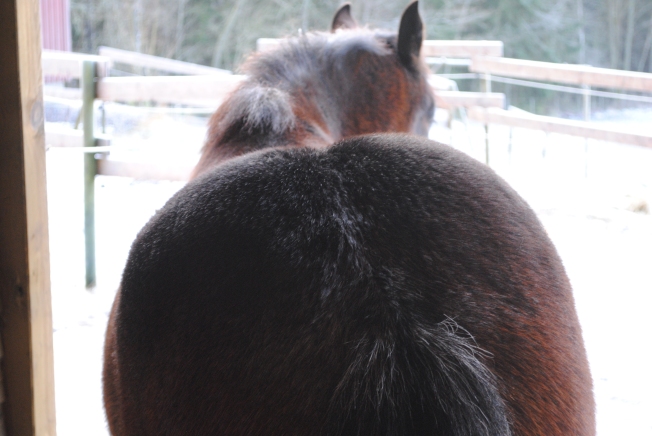
Sources: The essay “Mandan and Hidatsa of the Upper Missouri” written by Gerard A Baker, published 2006 in “Lewis and Clark through Indian eyes” edited by Alvin M Josephy JR.

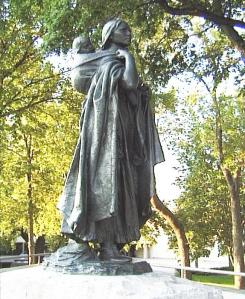
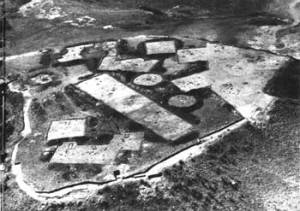
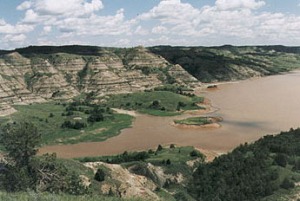
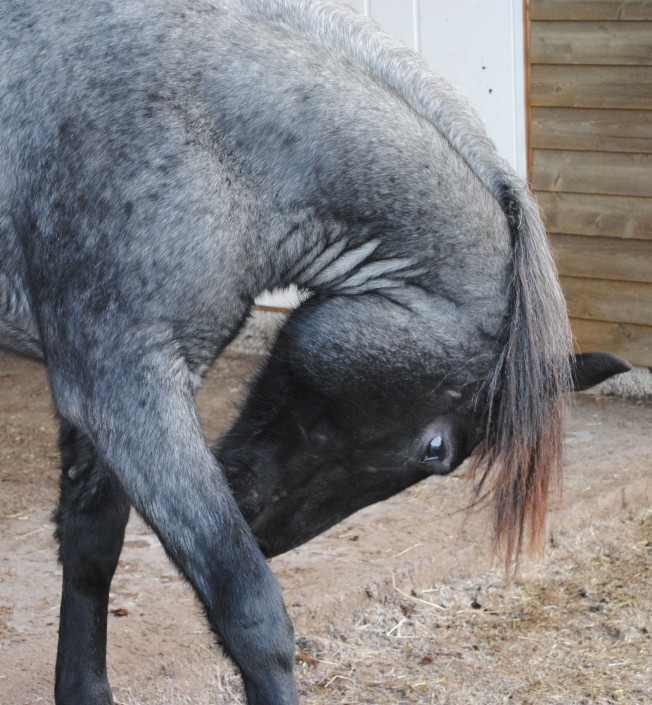
Wow, great post. Very informative. Beautiful photographs.
LikeLiked by 1 person
Thanks, what a fine comment, we really do admire your photographs!
LikeLike
Excellent history! Thank you for sharing this information!
LikeLiked by 1 person
Thanks Babs, you are welcome 🙂
LikeLike
Great posting for the beginning of a New Year. Your Nokota stories reconfirm the fact that protecting and preserving the horse is important with helping support … “The Nokota Horse Conservancy.” Are Bluebell Star, Wildflower Dancer, or Wild Prairie Rose featured in the 2013 Calendar?
LikeLike
Thanks Mary, we are honored by your attention. It feels very rewarding to know a professional writer likes our attempts … and yes the NHC needs all the help they can get. I must admit I haven’t seen the calendar yet, though I’m convinced it holds some really amazing photos of the Nokota horses living in North Dakota. Our horses are not in it but Bluebell and Rosies daddy Sharpie might be. (He is featured on NHC’s homepage, in a wintery prairie landscape with a woman wearing a bear skin)
LikeLiked by 1 person
You’re welcome. I hope my donation will make a difference in helping to save this breed. My wish for 2013 is that “everyone that has read all the great articles that you post, will react by helping suport this cause, too.”
LikeLike
Great post, perfect with my morning coffee! Thank you 🙂
LikeLike
You are welcome Amy, don’t let your coffee get cold 🙂
LikeLike
Windflower Dancer (actually all of them but she is just such an eye-catcher in these photos among others!) really is growing up so nicely and so beautifully built 😀 And obviously you are doing an great job nurturing that genetic potential with your very dilligent care and attention. But if we are allowed to pose questions that may lead to future posts, do you know why our Nokotas at least love to terrorize ant piles? In North Dakota the ants don’t build such daunting stacks and instead hold much closer to the earth in rather inconspicuous colonies, but i have never noticed the horses pay any real attention to them (an interesting aside is that earthworms are not native or severely restricted on such dry prairies and instead ants do their work, supposedly completely “turning over” the soil on a roughly ten year cycle, so obviously these little creatures have a big presence and impact). In contrast, i have seen where our Nokotas here have pawed to ground level several ant stacks, although i have never actually caught them in the act to witness what exactly they are doing… licking for the acid or…? So i thought maybe you know something about this, or some of your readers do… or in your thirst for answers you know the right person whom we should inquire 🙂 Happy New Year!!!!
LikeLiked by 1 person
A little bird whispered in my ear, so Happy Birthday Seth 😀
We are doing what we can to make them feel good without being spoiled, but as you know, these horses are much easier to care for than others in many ways, once you get the hang of it. Interesting about the ant piles, we have many ant piles but not inside the fences. But our Nokotas are very curious so if they would found one I bet they’d dig it up. Especially Wendy is a good digger, she can dig deep holes looking for roots… and now Rosie knows how to do it too. Maybe it’s a “Badlands-survival-skill”, digging for roots, ants or anything chewable to eat?
LikeLiked by 1 person
Reblogged this on Werner Nokota Horses.
LikeLike